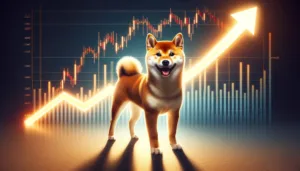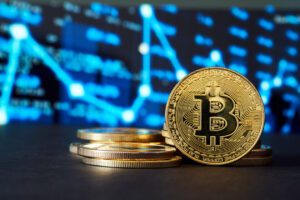The Ethereum network is experiencing a dramatic slowdown, with daily ETH burned plummeting to its lowest point this year. As base fees hover around a mere 1-2 gwei, the network’s inflation rate has seen a significant uptick.
The record-low burn of just 210 ETH on Saturday starkly contrasts the 5,000 ETH burned on August 5th when gas fees peaked at around 100 gwei. This sharp decline has ignited concerns among experts about the network’s economic health.
Introduced in 2021 as part of the London hard fork, the burn mechanism was designed to reduce ETH supply by permanently removing base fees from circulation. The concept was that increased network activity would lead to higher fees and, consequently, a greater amount of ETH burned.
However, the recent surge in Layer 2 adoption, coupled with the introduction of blob transactions in the Dencun upgrade, has significantly reduced the load on the main Ethereum network. This, in turn, has led to a dramatic drop in gas fees and the overall burn rate.
Gnosis founder Martin Köppelmann has proposed a controversial solution: temporarily increasing the gas limit. While counterintuitive, he argues that boosting network activity could be a strategic move to counteract the declining burn rate and the subsequent inflationary pressure.
Also Read: Ethereum ETFs defy Crypto Crash, See $105M Inflow In A week
Despite these challenges, Ethereum’s price has remained relatively resilient, currently trading at $2,540 with a market capitalization of $305 billion. However, the long-term implications of the declining burn rate for ETH’s value remain a subject of ongoing debate among analysts and investors.
As the Ethereum ecosystem continues to evolve, the interplay between Layer 1 and Layer 2 solutions will be crucial in determining the network’s future trajectory.
Disclaimer: The information in this article is for general purposes only and does not constitute financial advice. The author’s views are personal and may not reflect the views of Chain Affairs. Before making any investment decisions, you should always conduct your own research. Chain Affairs is not responsible for any financial losses.



